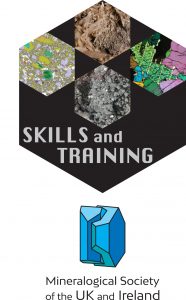
The Society offers a monthly series of Skills and Training events.
Register here for an upcoming event (10 December 2025) Stable isotopes – biogeochemistry, by Savannah Worne, Loughborough University.
Stable isotope are powerful tools for tracing the sources and cycling of elements in environmental systems. Stable isotopes ratios can vary due to physical, chemical and biological processes, making them valuable tracers in biogeochemistry. By analysing these variations, we can identify nutrient sources, track biogeochemical transformations, and understand ecosystem interactions.
In this seminar, I will introduce the principles of stable isotope biogeochemistry and its applications in aquatic systems. I will then present a case study from my fellowship research at Rutland Water Nature Reserve, where I have undertaken a multi-stable isotope investigation to investigate the influence of sewage-derived nutrients and waste water management strategies on algal blooms. This approach has allowed me to disentangle nutrient sources, assess the extent of sewage inputs, and explore how these inputs interact with lake biogeochemistry to drive bloom dynamics.
Register here for an upcoming event (4th February 2026): The Brilliance of Defects – The Mineralogical and Petrological Significance of Luminescence in Minerals by Adrian Finch (St. Andrews)
Luminescence of minerals contains information about the structural state of metals and defects at ultradilute concentrations. In principle, the light emitted is a powerful tool for determining defect structure, but interpreting such data is challenging since we have an incomplete understanding of luminescence in many minerals, and how features such as coordination state and symmetry are encoded within it. This short course will explore what information can be extracted from luminescence in mineral systems, beginning with the mineral physics behind the process, but moving onto the geological information that one can obtain. The course explores both the uses of both luminescence spectroscopy and petrography.
Recordings of some of the presentations will be posted here after the event. See the links below.